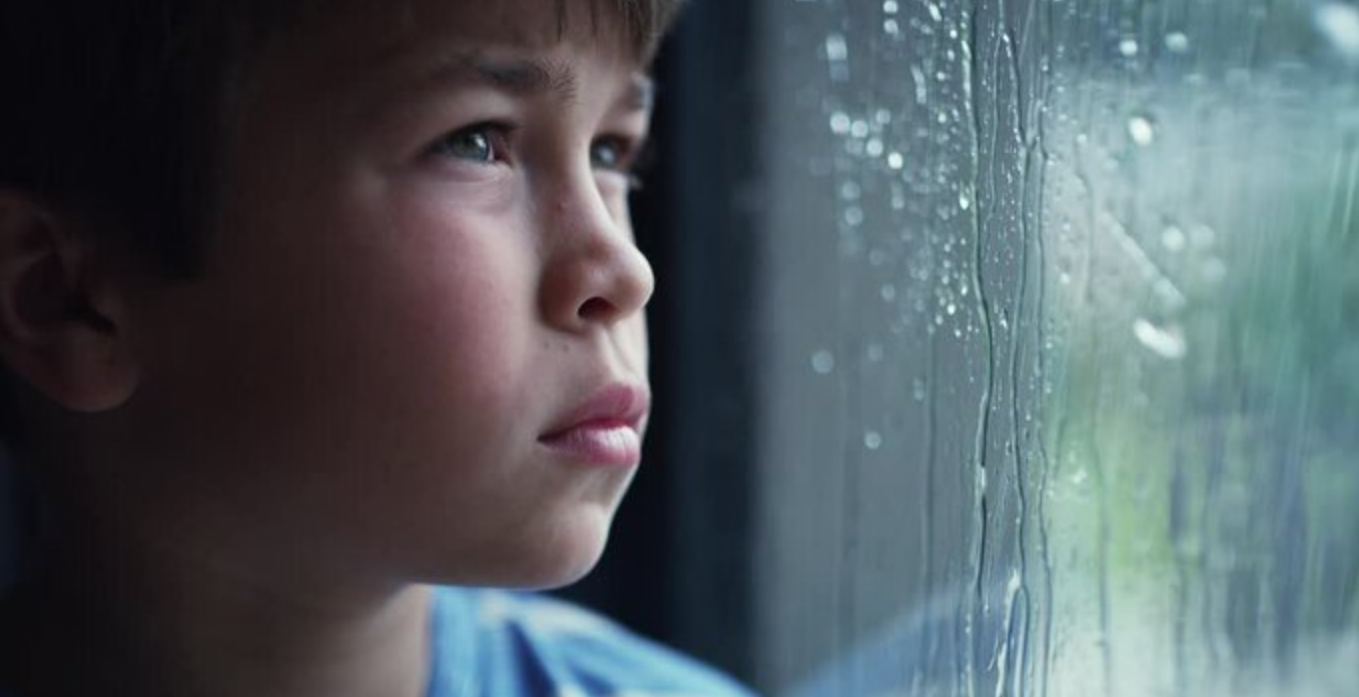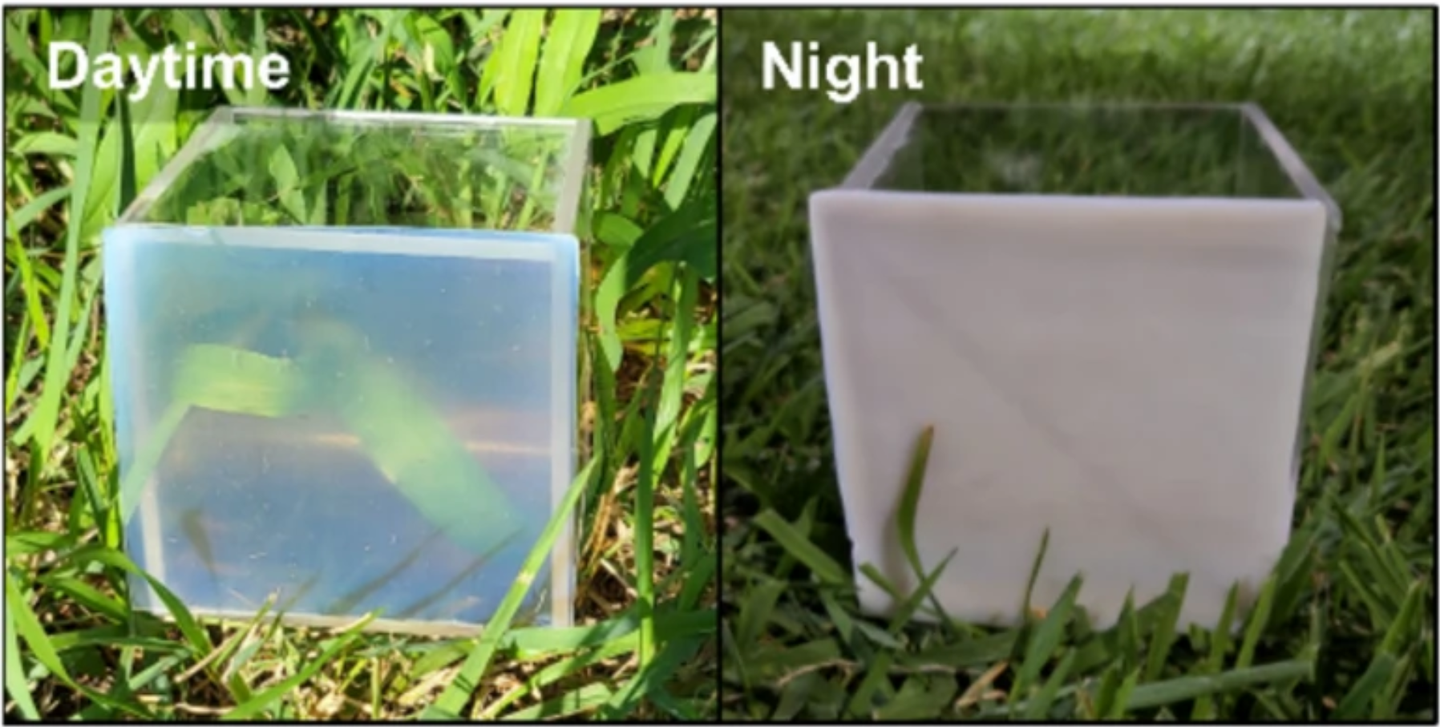Climate change is impacting children’s physical activity, study finds
The number of weather alerts in Canada is increasing, resulting in more days when outdoor activities are not feasible.

The ParticipACTION Report Card on Physical Activity for Children and Youth, the most comprehensive evaluation of children's physical activity in Canada, recently awarded the country a D+ for overall physical activity.
This grade, although slightly better than the D received in 2022, highlights a critical need for improvement. Only 39% of Canadian children and youth meet the recommended 60 minutes of moderate-to-vigorous physical activity daily.
The ParticipACTION Report synthesizes the latest research on physical activity with the goal of influencing behaviors and policies to encourage more active lifestyles. A team of 17 leading experts from various sectors, including academia, government, and non-government organizations, developed the report using the best available data from multiple sources. Despite the collaborative effort, the findings reveal significant barriers preventing children and youth from achieving healthier, more active lifestyles.
Barriers to Physical Activity
A major factor contributing to low physical activity levels is screen-based sedentary behavior. This year's report assigned a D grade to this category, with only 27% of children and youth meeting the recommendation of less than two hours of recreational screen time per day. This high level of sedentary behavior is concerning as it directly impacts overall physical activity levels.
Inequality in Physical Activity
The increase in physical activity levels was not uniform across all demographic groups. National data shows a decline in physical activity for both boys and girls during the pandemic.
Before the pandemic, 50% of children were active, but this dropped to 37% in the fall of 2020. By 2021, boys' activity levels rebounded to 52%, while girls remained stagnant at 35%.
Related Stories:
Income disparities also play a role. Only 55% of parents from the lowest-income households reported their children participated in organized sports within the past year, compared to 86% from the highest-income households.
This disparity highlights the need for more accessible and inclusive physical activity opportunities.
The Impact of Climate Change
Climate change is emerging as a new barrier to physical activity. The number of weather alerts in Canada is increasing, resulting in more days when outdoor activities are not feasible. Events like wildfire smoke, heatwaves, and other extreme weather conditions are becoming more frequent and intense. These conditions can limit outdoor play, recess, and sports, further reducing physical activity levels.
Children are more vulnerable to climate-related weather events due to their smaller airways and higher breathing rates, which increase their risk of inhaling pollutants and developing lung diseases.
However, physical activity can also benefit planetary health and resilience. Activities like active transport and gardening provide dual benefits for individuals and the environment. Spending more time outdoors increases a child's activity levels and fosters a stronger connection with nature, potentially leading to more environmentally conscious adults.
Global Comparisons
In 2022, Canada’s overall physical activity grade (D) was below the average compared to other countries with a very high Human Development Index. Out of 57 countries, 27 scored higher than Canada. Slovenia and Sweden received the highest grades (A-), attributed to strong community infrastructure and quality physical education in schools. Finland also emphasizes physical activity in its culture, education, and health promotion programs.
Recommendations for Improvement
The 2024 ParticipACTION Report Card provides several recommendations to improve physical activity, addressing both general and climate change-specific challenges.
For Parents and Caregivers
Replace sedentary screen time with indoor active play during adverse weather conditions.
Create indoor activity plans and utilize local recreation centers.
Engage children in discussions about climate change and outdoor activities to reduce eco-anxiety and foster environmental appreciation.
For Organized Sport Programmers
Implement heat warning systems and develop clear guidelines for adverse weather events.
For Schools
Implement daily physical activity policies and strategies to maintain active play during indoor recesses due to climate-related risks.
For Governments
Invest in active transportation infrastructure, national and provincial parks, trails, and recreation and sport facilities to enhance access to physical activity opportunities.
Focus on health promotion initiatives considering climate change's impact on physical activity, especially for equity-denied communities.
By implementing these recommendations, countries can work towards making physical activity a cultural norm, similar to the successful models in Slovenia and Finland. This holistic approach will help address the current barriers and promote healthier, more active lifestyles for all children and youth.
For more science news stories check out our New Discoveries section at The Brighter Side of News.
Note: Materials provided above by The Brighter Side of News. Content may be edited for style and length.
Like these kind of feel good stories? Get the Brighter Side of News' newsletter.



